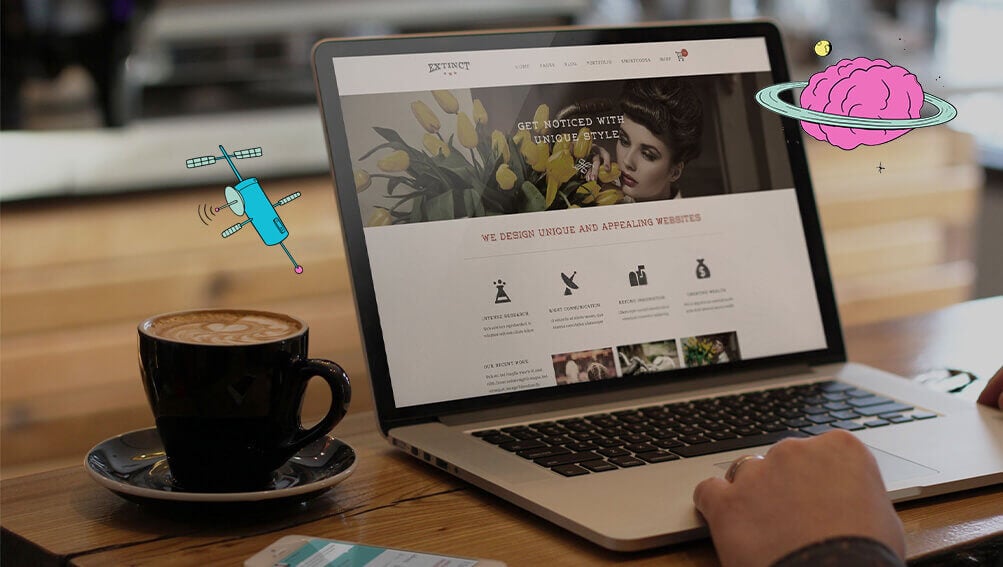
The first stages of a new web project can be daunting. Finding the right web development agency for the job, even more so.
And in today’s busy digital world, the last thing you want to do is waste time learning the ropes — or hovering in the background of a Zoom call pretending you understand what’s being discussed.
The first thing to know is that there’s no one-size-fits-all approach to a web project. They can be simple and small, or they can be complex mammoths, with everything in between. That means you need to understand how big and complex your project is, ensuring you approach the right agencies for the job.
You’ll waste a lot of money giving a small simple project to a large strategic agency. However, if you try to shoehorn a complex project into a small agency’s templated process, you’ll be destined for failure.
This blog post will help you answer some basic questions about your website project and give you a look at Major Tom’s approach.
By the end, you should have a better sense of what your next web project will actually entail — so you can get the most value out of your time when speaking with a new agency.
Have a specific question? Skip to the relevant section for the answers you’re looking for:
The size of your project and the scope of your goals will affect everything from the work’s timeline to how much you can expect to spend.
Rather than trying to address every possible influencing factor, let’s simplify this question and break down your website projects into 4 tiers, arranged by their scale and complexity:
Websites can be as simple as a single landing page with some contact information, or a basic form. This sort of landing page can be built with page builders like Unbounce, Joomla, or WordPress, among many other straightforward applications. Page builders can be free, or you can purchase a simple theme for less than $100, with easy-to-follow DIY instructions.
Most of the time, these tiny sites don’t require an agency.
For multi-page websites, your considerations multiply, too. It’s a good idea to think about the structure of content, the navigation, the calls to action you’re using, and maybe even SEO. Still, these are relatively simple websites.
If you’ll need to change the content periodically, it’s best to start considering a CMS (Content Management System) so you can make simple changes without bringing in outside help. Think updates like building out new pages, changing copy, and adding new images or videos. The most common CMS options for simple sites are WordPress, HubspotCMS, Joomla, Drupal, Shopify, and Wix.
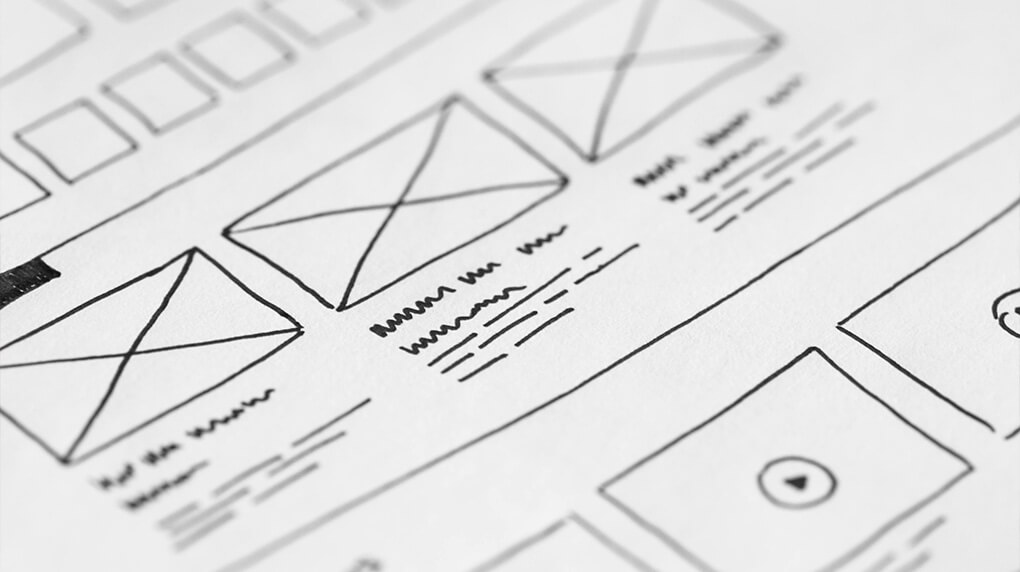
You might have someone in your company who could build a simple theme-based website from this tier. If not, it might be wise to pay a website design/development contractor or a small agency to build it for you. Expect a cost of around $10k-20k. Of course, this assumes your website is something like 4-8 pages, with simple design requirements, basic SEO, and no complex integrations or security requirements. For example, you’re not processing credit card payments or storing personal information at this tier.
You’re a bigger company, and anticipating something like 20-50+ pages that will require some User Experience consideration for their structure and layout. You’ve got a stakeholder team with multiple people who are invested in the project, and the website is a critical part of your business. Perhaps you have multiple target audience groups you’re trying to reach with the site’s content. Maybe you also have integration requirements, like forms that need to integrate with a CRM, eCommerce functionality, or job posts that need to sync with your HR platform/Applicant Tracking System (ATS). You might have multiple languages to consider, and if your business is in a competitive market, you’ll need to consider SEO and content strategy to actually get eyes on your site.
Websites at this tier almost always require an agency — and can require significantly more time and money to design and build.
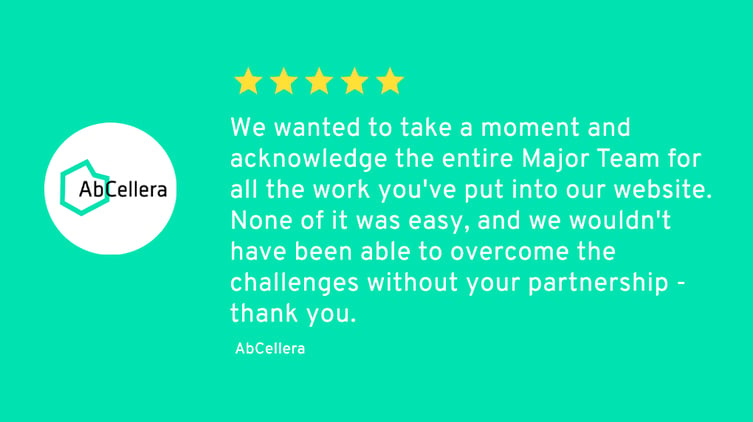
Tier 3 websites need extensive UX strategy to ensure the content is laid out properly for different audiences. This strategy helps ensure the site’s conversion paths align with the goals of its users, not to mention the goals of your organization. If you’re nodding your head right now, then it’s definitely worth your time to have a conversation with our agency.
But if your project doesn’t involve any of these complexities, it’s likely a better fit for a smaller, tactical agency or a contractor. There are fantastic web design/development contractors on Upwork and Fiverr.
These are the big bad boys of the internet. Think banking websites, universities, health care, or Fortune 500 companies. The requirements for these kinds of sites often include government-level security and compliance, multiple integrations with ERPs, CRMs, and marketing automation tools, regionalized and personalized content, and a whole department in-house to manage the site post-launch.
These websites might avoid threat-prone CMS solutions like WordPress, opting for a headless or custom-built solution that satisfies their stringent security protocols. These websites can be $500k-$1m+ and usually take 12-24 months of planning and collaboration across multiple levels of stakeholders and departments. If your site is in this tier, you probably already know it.
An ideal project for a larger, strategic agency like Major Tom would include at least some of the following:
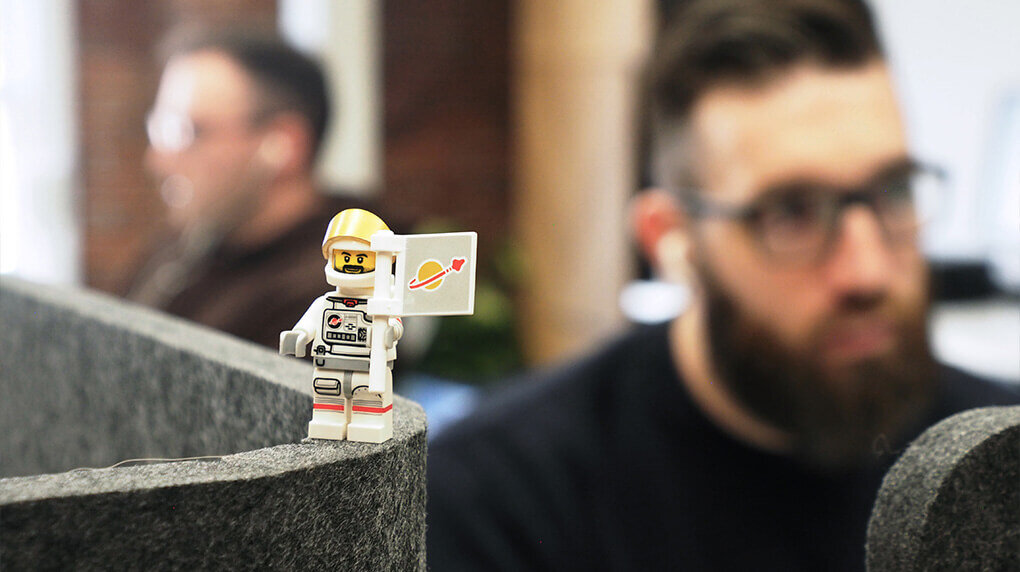
As a full-service agency with a custom, intuitive WordPress theme and in-house expertise across development, design, UX, SEO, data analysis, and more, we are perfectly positioned to help tackle the challenges posed by these larger, more complex projects.
For more insights, take a closer look at our standard website project process below.
It’s also important to know that Major Tom is an industry-agnostic agency. Unlike some agencies who specialize in a specific type of client, we work with a wide range of businesses — and pull insights from every industry we touch.
We understand the impulse to work with an agency that specializes in your industry. However, while that might offer deeper insights into some parts of your business, it can also result in biased assumptions about the project. After all, agencies who have done the same type of project over and over again can default to what’s worked in the past. Or, worse, copy what your competitors are doing because it’s the assumed standard practice. That can result in a cookie-cutter website that won’t stand out in the way it needs to.
By digging deep into your problems and then looking outside of your industry for solutions and inspiration, Major Tom can help you avoid the same assumptions, problems, and pain points that your competitors are facing.
For larger, complex projects, it’s incredibly important to have a clear strategy and refined process in place. Without proper planning, you might miss critical pieces that can completely derail the project — or cause it to go dramatically over budget and agreed-upon timelines.
For Major Tom, our standard process usually includes:
Keep in mind that this is just the standard approach, not a comprehensive list for every project. Some sites may require additional process steps to ensure success. For example, you may need customer interviews or surveys in order to validate the site’s proposed audience personas. In some circumstances, your project may also include security or accessibility compliance strategies. Some projects may also require User Acceptance Testing periods, and some require additional graphic design or creative asset development to build infographics, custom iconography, or robust dynamic movement for the site.

In other words, every project is unique. Our process is flexible enough to address special requirements — while still providing a reliable framework to help keep things on track.
Of course, there’s a great equalizer for every step of the web process: client feedback and approvals. Both you and your stakeholders will be expected to attend all workshops and presentations, and will be expected to provide consolidated feedback within a few days. Prompt feedback minimizes delays and ensures that the work continues to match your expectations.
This means more of your team’s time throughout the project. But frequent touchpoints also mean fewer unpleasant surprises, for both you and your agency.
There is always an element of trust once you’ve handed over your project to a partner agency. You can review their previous work, check client references and testimonials, and review their plan and process for any glaring gaps or problems.
But once the rubber meets the road, the best way to avoid disappointment is frequent feedback and touchpoints, rather than waiting to respond to a finished site.

It’s why Major Tom presents each deliverable throughout the project, with an opportunity for stakeholder feedback on each piece. If a milestone is diverging from your project plan, or doesn’t meet your stakeholders’ expectations, it can be fixed — but it’s easier to address if that discussion happens right away.
Is something missing from the layout of a page? It can be fixed during UX wireframes. Worried that a design won’t quite hit the mark? Major Tom will present a rough design system, then mockups of different pages, so that we can address these concerns as they happen.
While a few extra meetings might crowd your calendar, they mean that you don’t have to wait for the final site before your voice (and feedback) are heard.
To that end, Major Tom typically recommends short, weekly check-ins with your core team throughout the project. These don’t have to involve every stakeholder, but are an opportunity to regularly sync with your project manager (a dedicated member of the Major Tom team who will take the lead on communications throughout the project) and discuss upcoming deliverables, deadlines, opportunities, and roadblocks. While the attendees and cadence can vary, this sort of regular update helps keep both teams in the loop from kick-off to launch.
This also ensures that you have a consistent point of contact through different stages of the project. While Major Tom’s subject matter experts may be more or less involved at different stages of the process, your project manager and core team members offer a throughline that connects every step, from exploratory research to planning to the actual work of assembling your site.
Depending on the project, you may also be expected to prepare the website copy and assets and populate the site with content prior to launch. Just be prepared. Our process is engaging and will require some of your team’s time — but helps produce stronger results that fit your goals.
Referring back to our tiers of complexity, a Tier 2 website with a small agency or contractor might be doable in a month or two. Tier 4 sites require at least a year, end to end.
As a ballpark, most of the projects that Major Tom takes on can be completed in around 6-8 months. To put things into context, we focus on building high-quality, scalable, and manageable websites that will last eight to ten years with proper care and attention.

If you think your project is a good fit for our agency, and you have a business-critical reason that it needs to be completed in under 6 months, we may be able to streamline our process and resources to accommodate a slightly shorter timeline. But rushing a project almost always results in some form of reduced quality.
If you’re going to spend the time and money to work with a strategic agency and have the project done properly, then it’s best to accept that it will take at least 6 months.
On that note, it’s a good idea to be prepared for some of the factors that tend to delay the project timeline. The 3 most common are:
This can be a big wrench in the project's progress. That’s why we strongly encourage all stakeholders to be at the table from the very start. When they are, their voices and perspectives are taken into consideration before work gets underway — all part of our robust stakeholder engagement process.
Additionally, it’s rare that stakeholders will be totally aligned in their initial feedback. Different teams, roles, and people will all have different perspectives on the project. That’s normal, too. But it means you should plan to discuss, consolidate, and align internally so that you can present your feedback with one unified voice. This is why we don’t recommend more than 6-8 key stakeholders for the duration of the project.
To an extent, Major Tom can plan for these realities. We put a bit of padding into our timelines to prepare for the possibility of a few delays, for various reasons. We’ll also work with you throughout the project to identify and address potential issues before they significantly affect your timeline.
Still, it’s important to recognize that some delays are caused by the client’s team — and that you can take steps to avoid some of these common issues.
If your business goals change during the project, work with your agency to adapt and prioritize. If your brand assets are updated, for example, share them ASAP so that the agency’s designers are working with up-to-date materials. And if you bring new requirements to the table, be ready to identify what’s essential rather than just nice to have. What can wait until after your launch?
When you’re selecting stakeholders, ask yourself whose voices need to be in the room. Which teams have to have input into the site? Can a single, senior voice speak for them, rather than adding half a dozen names to your next meeting invite? Have you considered the senior stakeholders who will need to share their input and approval? Remember that you can help move things along by getting all important stakeholders involved in the project from the start — and keeping that list consistent throughout.
When you’re collecting and consolidating feedback internally, remember to frame the discussion in terms of your project goals and your audience's needs rather than subjective feelings about any given milestone. Those gut responses can be useful, but you need to ask whether they serve the project’s needs. This will help your agency more effectively address any underlying issues — and keep the project moving.
Once our business development team properly understands your project, we’ll get to work on a proposal.
We don’t have cost sheets for websites. All of our proposals are customized and tailored specifically to your needs. What’s more, every project is scoped and planned by the teams who will do the actual work — so you can trust that you aren’t getting a proposal built on the guesswork of a rogue sales team.
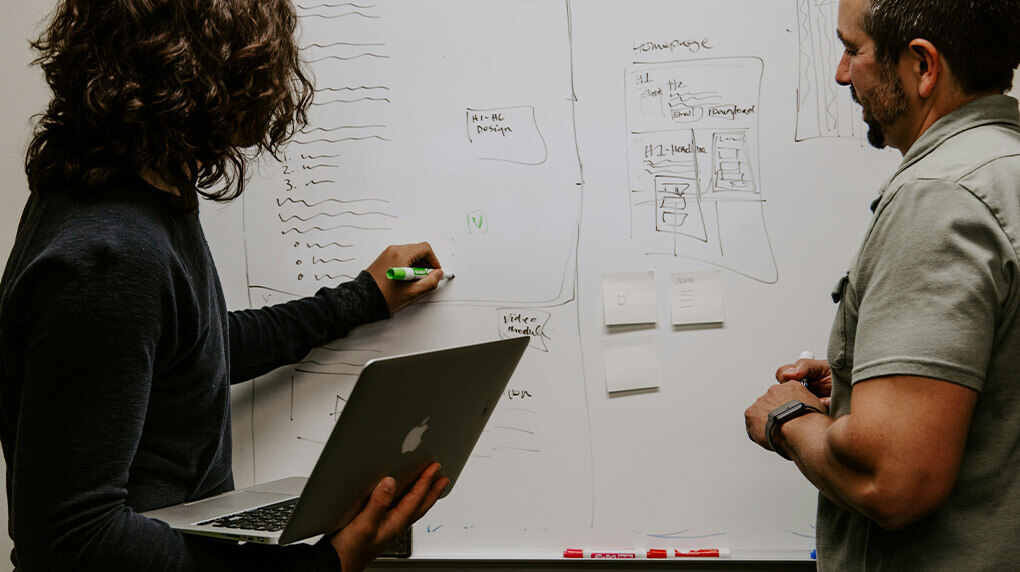
Those costs are then presented alongside our agency’s process and methodology, case studies, activities and deliverables, and some other relevant information about Major Tom.
You can typically expect this amalgamated proposal within about a week, but that’s dependent on availability and capacity, as well as the size and complexity of your project.
Once a proposal is approved and a verbal agreement is given to initiate the project, these are the next steps you can expect:
You can typically expect about 1-2 weeks between proposal approval and kick-off/workshops, but this also depends on the agency’s workload and both teams’ availability. Remember, it’s critical to have all key stakeholders in attendance — from the start — to reduce delays down the road, rather than rushing those initial meetings.
During that time, we’ll also confirm and resource the specific members of your Major Tom team, who will begin workshop planning and review any relevant onboarding materials. While there is still more exploratory work to be done at this stage of the game, this early preparation helps ensure that kick-off and your workshops are productive and tailored to both your business and the project's goals.
Depending on the project, it may also be worthwhile for Major Tom to undertake some preliminary competitor analysis and other research prior to your first workshop. If that’s the case, we’ll let you know — but if may mean more time before those first meetings begin.
If you’ve provided a quality RFP for your project, the information included in it can help focus this early work and lead to more productive workshop sessions.
This is the million-dollar question. Or the hundred-thousand-dollar question, we should say.
Determining the cost of a website project is similar to buying a car. Bear with us for this quick analogy.
When you’re car shopping, you can buy a used lemon for $1000 on Craigslist or AutoTrader. It’s cheaper, there’s no arguing with that. But it’s a big risk, and it can break down at any moment. When that happens, it will cost you more than you paid for the whole car to fix it.
Or, you can compare options on Facebook Marketplace with some cars that you test drove at a few different dealers. Warranties are limited, you don’t get that “new car” smell, and you might still be taking a gamble if the car has previously been in an accident. Still, it’s definitely safer than buying from some rando you’ve never met.

But most people will buy a new car, or a lease, or something lightly used. It’s less risky this way, with a lower chance of it breaking down or needing expensive repairs. And of course, the one-percenters can walk into the Porsche or Ferrari dealers and drop $300k on something luxurious with world-class performance that will last them the rest of their lives. But that’s not always a realistic option.
All of this also holds true for websites. Like cars, most websites can cost anywhere from $20k to over $1m, depending on what you need and what agency you choose. You can get a bit more detail above, in our answer to “How big and complex is my web project, comparatively?”
Our website projects typically cost between $100-250k, occasionally reaching up to $300k for more intricate designs and functionalities.
Major Tom is like a BMW dealer. Our quality is higher than average, and several other factors make us more expensive — like a full range of in-house experts that reduce the need for contracted project support. For some agencies, this is a hidden risk that you can usually identify when you’re assessing proposals. That outsourcing can delay bug fixes or limit the agency’s responsiveness to feedback, just for starters. With a full-time team of multi-disciplinary specialists, we’re positioned to address any concerns throughout the lifespan of a project.
We’re also uniquely positioned to support your site’s growth after launch. Supposing, for example, that you decide your new site needs some paid media support to help it build momentum in the early days after launch. Because Major Tom’s expertise includes marketing support, we can bring in a team who’s already familiar with your brand, and benefits from the insights gleaned during the research and workshopping stage of your project.
At a smaller agency who specializes exclusively in web development, bringing in that marketing support (or planning a social media strategy to complement your site, for example) means going through another lengthy proposal process with another agency, who then has to learn the ins and outs of your brand and audience in order to build a successful campaign that will resonate with your customers.
At a larger agency like Major Tom, you can continue to leverage this initial work (and initial investment) for future projects. In the long term, this relationship can even yield the sort of deep insights and understanding that help you productively update and refine your brand.
In other words, when your requirements make the project a good fit for us, the results make it absolutely worth the price — and lay the groundwork for future optimization, support, and growth.
Chances are, if you’re comparing 4-6 proposals for the same project, you’ll find Major Tom’s price is in the middle of the pack. We’re typically more expensive than some but don’t tend to fall at the highest end of the spectrum.
There are many good reasons for this, but here are the top 10:
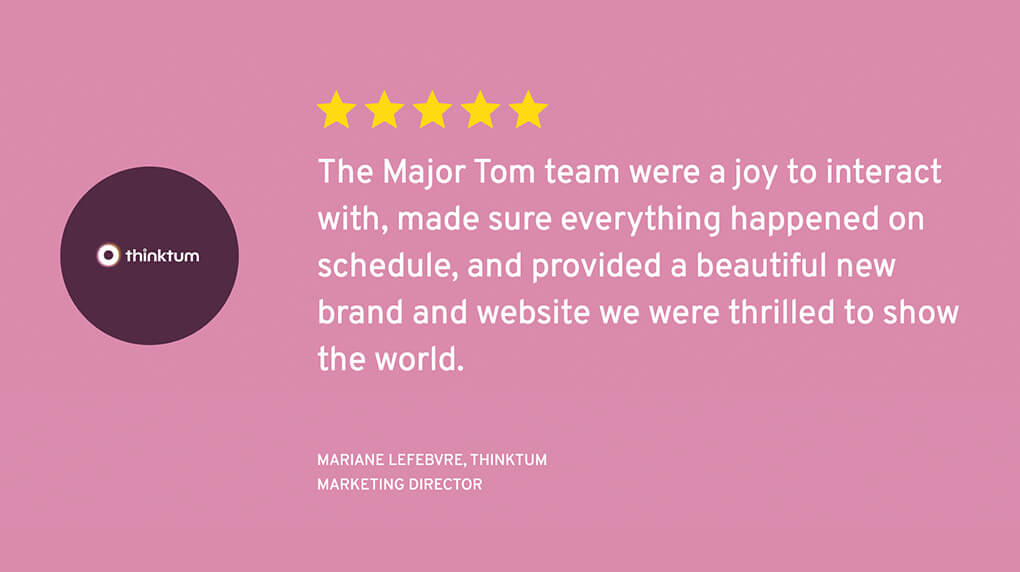
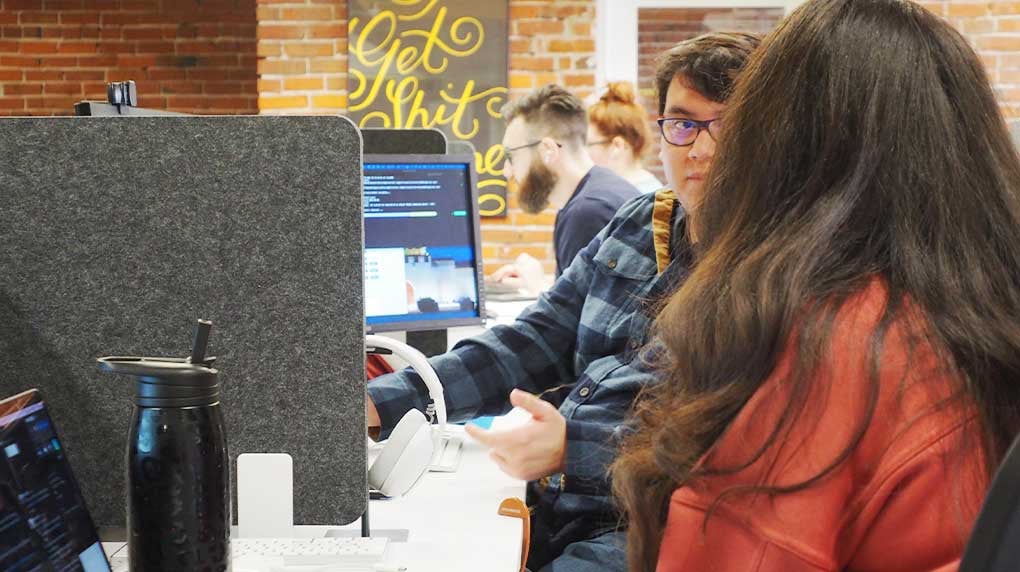
If you want to learn more, be sure to check out our list of 5 things that set Major Tom apart from the other agencies working to win your business.
The real benefit is a reduction in risk. Partnering with a less strategic agency with a less refined process means there’s more risk involved.
So it’s really up to you, how much risk are you comfortable taking?
What happens if the agency you choose can’t actually complete the project, or the end result makes things more complex for your target audience, instead of less? What happens if the site breaks after launch, and the agency doesn’t want to work with you anymore (or simply doesn’t know how to fix it)? What happens if the site gets hacked because the CDN or hosting environment didn’t have the most up to date threat detection or proper levels of security?
Major Tom has been building digital solutions for almost 24 years. We’ve built hundreds of websites for hundreds of amazing organizations across Canada and the United States. This level of experience means we’re ready for just about any obstacle that might otherwise derail your project — and you can be confident that we’ll help you launch the right site for your goals.

Additionally, our process is iterative. We are constantly reflecting on and re-examining our process to understand what’s working and what can be improved for future projects. Whether making new additions to our process, integrating emerging tools and technologies, or enhancing our approach to presentations and reporting, we’re always tweaking things to deliver better results in the future.
These days, staying on the cutting edge of digital marketing requires an agile mindset, on top of a boatload of expertise.
Nope, it’s certainly not. Websites are living, breathing things. They’re built on technologies that are constantly evolving, from the coding languages they are built with, to the servers they’re stored in, to the browsers they’re viewed in.
Major Tom offers a robust Security and Support plan. We can ensure the site stays up to date with the latest versions of WordPress, that all plugins are updated regularly, and that security is constantly monitored.
bee4.jpg)
Our simple ticketing system also lets you flag and prioritize any issues or concerns with the site as we work towards launch — and beyond. Using the DoneDone platform, you’ll get updates and responses directly from the relevant team members, who will work with you to better understand the issue, then test and iterate any fixes. As we discussed in our blog on better understanding web proposals, the Major Tom team is proud of our work — and will work with you to ensure the best possible version of the site goes live.
Perhaps most importantly, we have optimization plans that iteratively examine the website’s conversion performance metrics, from SEO to UX and content, to continually improve how the website is used, and ensure that evolving user behaviour is reflected by the ease of use and growth of the website over time. As a full-service agency, we’re also positioned to support your site with robust marketing campaigns, social media strategy, and other marketing services.
Sometimes, the launch of your new website is just the beginning.
If you’ve read this far, you’re probably a good fit to speak with us.

But, to make sure we get the most value out of our time speaking with you, you should come prepared to address the following questions. If you’re unable to address these questions, it may be too soon to engage with an agency:
Knowing the answers to these questions in advance (or at least knowing where there are gaps in your information and why) helps us put together a stronger proposal — and the right team for the job.
One final thought. Done right, your project brief/RFP is a fantastic tool that can help Major Tom (and other agencies) understand your needs and hit the ground running.
Ready to tell us about your web project? Reach out today.
It's much more fun to be interested than interesting.
Receive exclusive action-focused content and the latest marketing insights.